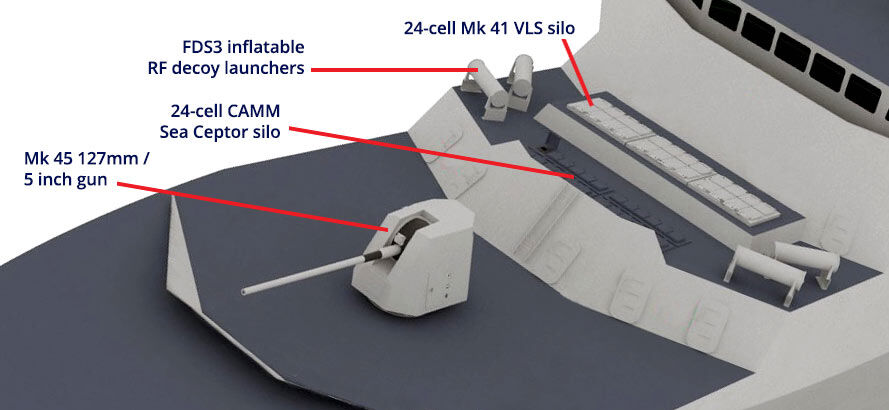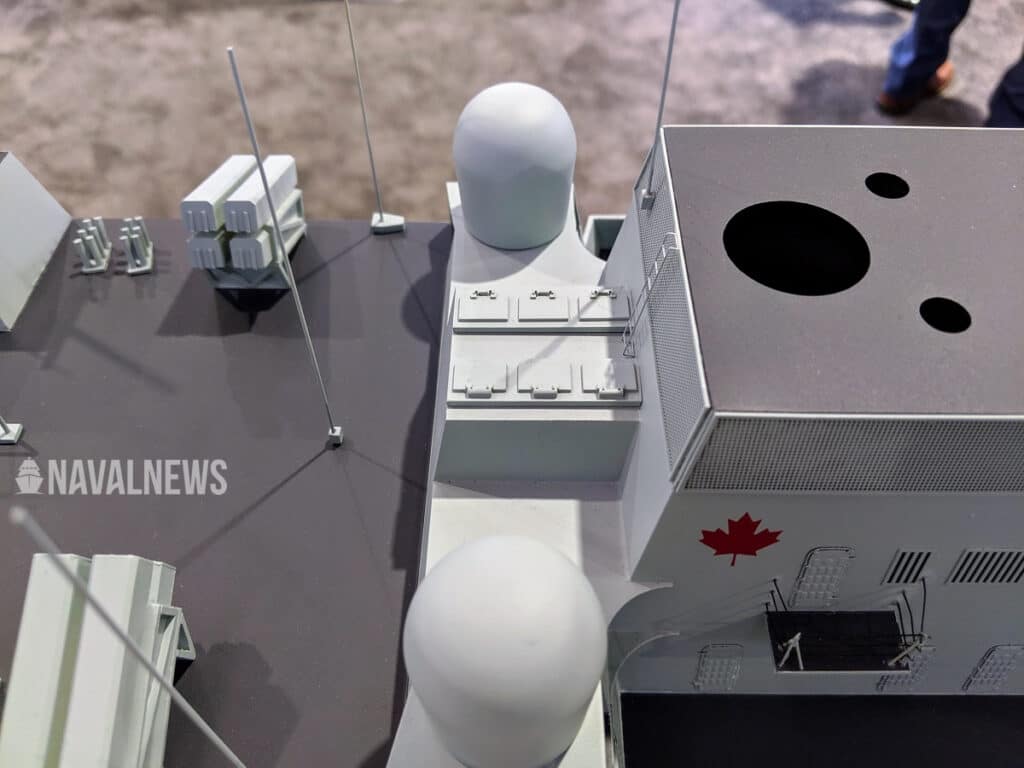As a guy who was fairly well trained in the RADHAZ area, I'll observe that the RCN has had a learning curve on this...over the life of our Halifax Class ships anyhow.
When I was on the Gatineau, I was once standing on the bridge-top, manning a pair of binoculars that were linked to the gunnery system for manual fire control direction and firing. I was told in no uncertain terms "Do not press the red button" and myself and the other lookout were up there standing with the OOW about 15 -20 feet ahead of the fire control director that was linked to the gun - ever hear of side-lobe radiation? Yeah...I've been radiated.
Working on the bridge of a Halifax class ship and you hear the buzz of the VHF radios every time the SPS-49 swept...good times...keep those bridge wing doors open because it's 'safe'...right?
Watching the operators lock up a seagull and turn on the CWI....birdie went "splash" very quickly.
The new rules had a 50X safety factor built into them. So effectively, if there was dangerous radiation being emitted at a distance of 2 cm, you had to be 1m away from that transmitter.
The out of bounds areas are now to be clearly marked, and it's surprising just how much of the ships is placed out of bounds when you're transmitting on an active jammer system. Or on a 1000W HF transmit system.
Things may seem hard-over on RADHAZ safety, but having buried several friends to Cancer...including a buddy who 'coincidentally' spent a 6 month deployment building a model ship on a work-bench while at sea during a deployment...that was within a matter of feet of the Cobalt-60 source in the SPS-49...well...yeah....that big brain tumor that killed him was purely a coincidence...
My personal thoughts are that because of the lack of training, and lack of a visual 'danger' cue, there needs to be more care taken. Add some automated lights to the danger/hazard areas indicating no-go zones.







